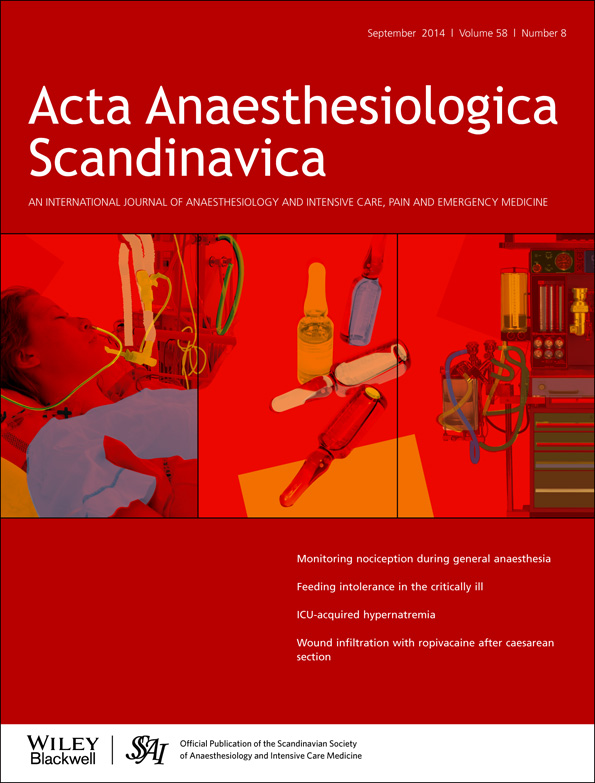Assessment of deep tissue hyperalgesia in the groin – a method comparison of electrical vs. pressure stimulation
Abstract
Background
Deep pain complaints are more frequent than cutaneous in post-surgical patients, and a prevalent finding in quantitative sensory testing studies. However, the preferred assessment method – pressure algometry – is indirect and tissue unspecific, hindering advances in treatment and preventive strategies. Thus, there is a need for development of methods with direct stimulation of suspected hyperalgesic tissues to identify the peripheral origin of nociceptive input.
Methods
We compared the reliability of an ultrasound-guided needle stimulation protocol of electrical detection and pain thresholds to pressure algometry, by performing identical test–retest sequences 10 days apart, in deep tissues in the groin region. Electrical stimulation was performed by five up-and-down staircase series of single impulses of 0.04 ms duration, starting from 0 mA in increments of 0.2 mA until a threshold was reached and descending until sensation was lost. Method reliability was assessed by Bland–Altman plots, descriptive statistics, coefficients of variance and intraclass correlation coefficients.
Results
The electrical stimulation method was comparable to pressure algometry regarding 10 days test–retest repeatability, but with superior same-day reliability for electrical stimulation (P < 0.05). Between-subject variance rather than within-subject variance was the main source for test variation. There were no systematic differences in electrical thresholds across tissues and locations (P > 0.05).
Conclusion
The presented tissue-specific direct deep tissue electrical stimulation technique has equal or superior reliability compared with the indirect tissue-unspecific stimulation by pressure algometry. This method may facilitate advances in mechanism based preventive and treatment strategies in acute and chronic post-surgical pain states.




